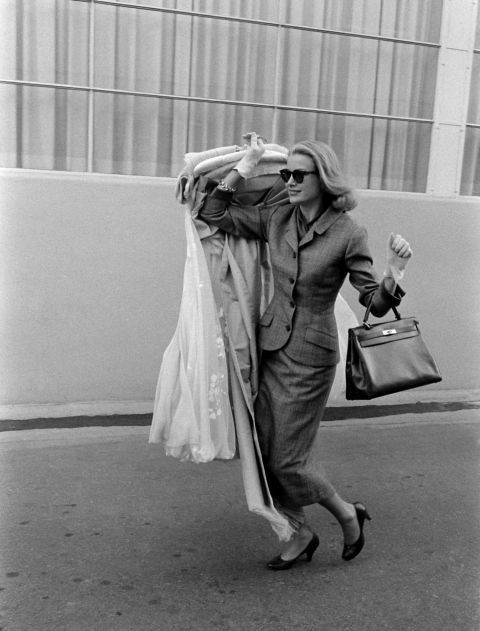
Bags are the new jewels
According to the New York Times “bags are the new jewels”. It's easy to guess why: nothing is capable of making a woman feel more attractive and self-confident than a new bag. It is the perfect accessory, able to transcend even fashions – an icon is forever – and any changes in look (and size)
And to think that the bag was born as a male accessory! In fact, being used since prehistoric times to transport money (or its equivalent), it was often worn by men. The name "bag", on the other hand, only became commonly used in the XIII century and derives from "exchange”, a Greek word that indicates leather – perhaps because the first bags were made with this material. The oldest evidence of leather working dates back to the 12th century, in Tuscany. They dealt with more resistant leathers, given by the tanning of animals such as beef and buffalo, and more refined leathers, deriving from calves, goats, chamois. Bags such as scarselle, to be worn hung around the neck and belts (ancestors of fanny packs), and saddlebags, travel bags used by messengers and pilgrims date back to this period. In the same years Venetian craftsmen also worked with leather, creating various products, from those for money to those for small everyday objects, from travel items to those intended for goods.
From this moment on, bags faithfully accompanied historical changes, adapting to the needs of the wearer: for example, shoulder bags were much appreciated in the Middle Ages because they left the hands free, while in the 16th century the bag adapted to the taste of the period covering itself with brocades, velvets, fringes, applications, embroideries and bows. Indeed, in the 1600s bags disappeared for a while, given that personal items were kept inside the rich garments; the muff was also born, with the dual function of warming the hands and containing small goods.
The bag began to appear again with a certain frequency between the end of the 1800s and the beginning of the 1900s, in conjunction with the greater dynamism of women who, thanks to the development of transport, began to cultivate a taste for travel and the exotic. Thus the travel bags for ladies were born, functional and full of compartments, and various lines of luggage that were not only practical but also aesthetically refined. Walking models also spread, ranging from richly decorated specimens, to be hung at the waist with chains, to more modern variants, with handles. It is the period of Belle Epoque, which however ends quickly when the First World War breaks out; in this dark age we mainly see large bags in sturdy leather that accompany women in activities outside the home.
“Two hundred years ago, women's role was largely domestic and she kept her belongings in the pockets and folds of her clothes rather than in a purse. But as women began to leave the home, whether for leisure or for work, handbags became a useful way of carrying their possessions."
Caroline Cox, author of "Bags. An Illustrated History”
Tags:
storia della borsa,
vintage
Quick links
Privacy
Legal
Shipping
Terms of Service
Returns
Contact
Newsletter
About Us
Celebs
For Businesses
What They Say About Us
Accepted Payments:
© Copyright2025
QGbags
Powered by Shopify
Powered by Shopify
